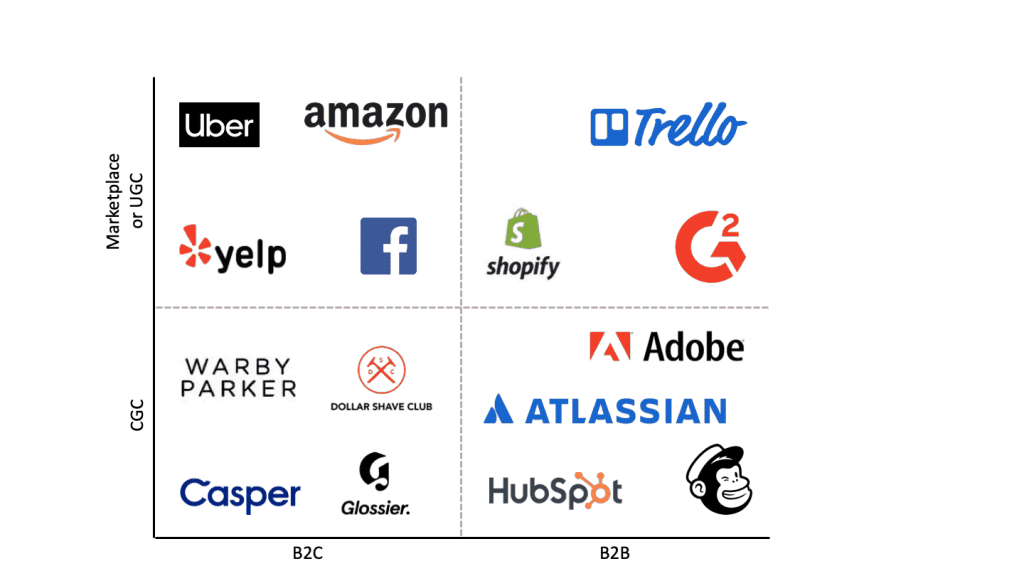Many stages must be completed before a product reaches the final consumer. A clothing factory, for
example, must rely on reliable suppliers to acquire the materials needed for production. Therefore, there are many agents involved in the operational process.
Because of the more consistent and specific demand, it is natural that various brands compete to
become suppliers to other businesses. This is not only related to the raw materials for the production
of products, but also to the services necessary to make the company’s operations viable .
It is in this scenario that we apply B2B marketing. In this text, we will explain the concept and make
clear its difference to the B2C model . In addition, we will show you its benefits and give you tips to apply it in practice.
So, join us!
What is B2B marketing?
The acronym B2B is an acronym israel phone number list for Business to Business which, translated into Spanish, can be understood as business for business.
Thus, we conclude that this type of activity refers to marketing efforts related to transactions
involving two companies : one that sells something and the other that buys.
B2B marketing techniques are not completely opposite to those used in conventional marketing,
aimed directly at the consumer. However, there is one significant difference.
While individuals make their decisions based on characteristics such as product popularity, status,
brand identification and other emotional factors, B2B buyers are more objective. What matters to them is primarily return on investment and cost-benefit .
Throughout the text, we will explore in more depth the differences between these two modalities.
Now, it is worth mentioning that maintaining a good relationship with the consumer is important in B2C, but this becomes even more essential in B2B.
This is because, as it relates to the activities of other companies, it is common for negotiations to be more intense, which requires a high level of trust on the part of the comparators.
Furthermore, this type of sale occurs cyclically , which makes customer satisfaction an essential element for their return.
To better understand the characteristics of B2B, let’s look at the main formats of this modality:
- Transformation : One industry sells to another industry.
- Distribution : An industry sells to a distributor.
- Resale : A distributor sells for resale.
What are its benefits?
Using B2B marketing in your business is a practice that can bring benefits to your organization. Among the main advantages that can be achieved with investment in this type of business is the possibility of establishing long-term relationships .
This happens because, as we mentioned above, transactions are carried out cyclically. That is, if you offer a quality service or product, that will boost the performance of the purchasing company.
As a reflection of this, you will think twice before switching your services to another company.
Additionally, by dealing with well-defined accounts, it is easier to control the churn rate , which measures the number of customers who stopped doing business with your company in a given period.
Another point is pricing . The B2B model typically works with higher value transactions. Thus, a low volume of completed business can represent a large potential profit .
To better understand the reason for these benefits, let’s look at the differences between this model and the B2C model.
How do B2B and B2C companies differ in marketing?
Generally speaking, businesses can Customers for example you can thank them be divided into two
large groups: B2B or business to business (companies that sell to other companies) and B2C or business to consumer (companies that sell to consumers).
Selling to businesses is very different than selling to consumers. As a result, optimizing a website
that sells to businesses is different than optimizing a website that sells to consumers
.
Therefore, marketing strategies must be designed for each type of business.
To think about marketing strategies, an article from Drift proposes a crossroads regarding the business model that subdivides these two large groups of companies:
- companies focused on product inventory, which can be marketplaces or websites based on user-generated content ( UGC );
- companies focused on content (Company Generated Content or CGC).
In the following table, you can see examples of companies that are grouped according to their target market (B2B vs. B2C) and their business model (marketplaces or UGC vs. CGC).

The peculiarities of B2B Marketing
B2B companies tend to have a longer cmo email list buying cycle. This process usually involves more
than one person and different levels of hierarchy within the client: analysts, managers and directors.
In addition, the sales price is generally higher and the commitment to the product or service is longer
lasting , which makes decision-making more complex; you have to hit the nail on the head when
making a choice.
That’s why B2B companies work carefully on each stage of the sales funnel, with the intention of making the lead move forward as their decision matures. This process, however, must be worked on in the medium to long term.
Therefore, the strategic objectives of B2B companies focus on the acquisition and nurturing of leads in the sales funnel , processes in which content production plays a fundamental role.
In the image above, you can see that the second quadrant encompasses marketplaces and UGC companies that operate in the B2B market. Trello, for example, is a project management software that relies on user-generated content (by creating boards to organize their projects).
However, according to Drift, few B2B companies fit into the marketplace and UGC model. Most of them have to produce content themselves, and for that reason, they fit into the last quadrant.
This is where we find companies like HubSpot and MailChimp , which focus on producing content to educate the market and help potential customers mature their decisions.
Here in Latin America, we can also fit Rock Content into that quadrant, since it is a B2B company focused on Content Marketing.
